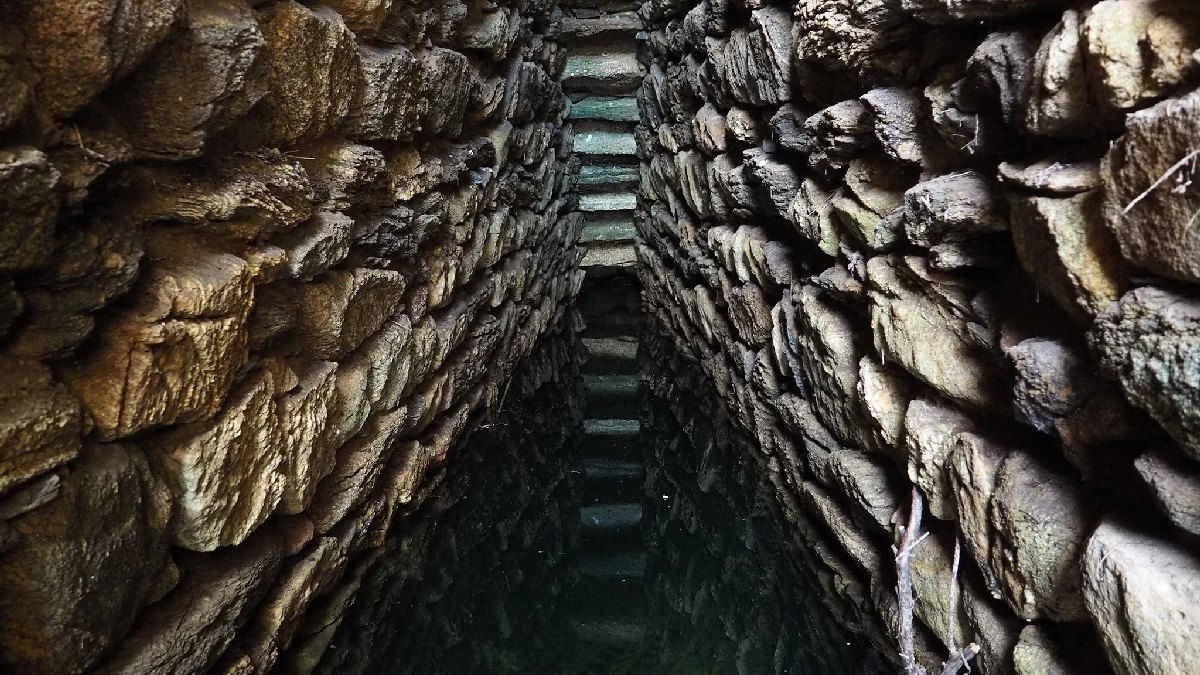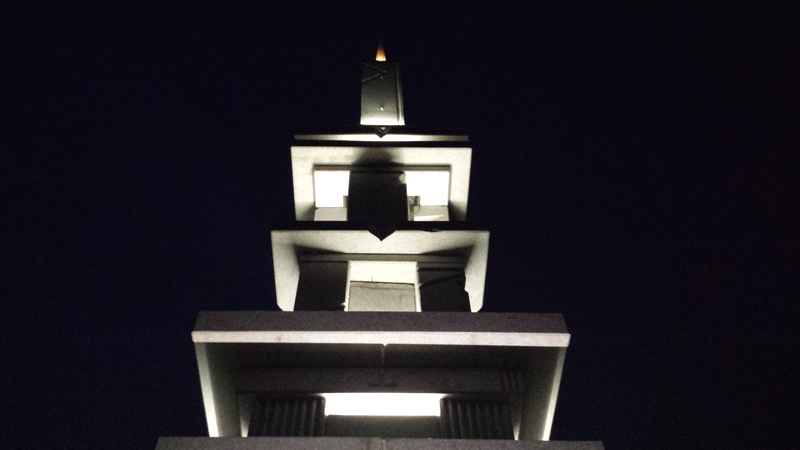
Take your life in hand and make it a masterpiece
(Giovanni Paolo II)

An open-air museum of contemporary art to accompany your walks along the Golfo Aranci seafront.
Some of the exhibited works:
Marius, made by the artist Nicola Rota, a giraffe of 4 and a half meters, composed of pieces of round iron welded in trellis and placed on a base made of sheet steel. It was named after the sad story of the giraffe cub killed in 2014 in the Copenhagen Zoo.
La Sirena: a 4-meter-high bronze statue made by the master Pietro Longu that will be placed on the backdrop in front of the promenade and which is made to emerge from the backdrop twice a day during the summer (at 1pm and 7.30pm).
Le Vele, Le Pietre Sonore, all works by Pinuccio Sciola

Along the central streets of Golfo Aranci you can admire the works of Marianne Sin-Pfältzer, extraordinary German photographer. A series of photographs dedicated to the life of these places that were so dear to the artist as to elect Golfo Aranci as his home
The artist's is a collection of post-war images depicting the faces of fishermen who repair captured nets and prey, but also of the elderly, young people and children
There are more than 30 blow-ups that unfold along the axis of the historic center (via dei Caduti, between Piazza dei Pescatori and via Oristano), including the municipal area of Domo Mea in Via dei Caduti. Inside Domo Mea, the video documentary signed by Enrico Pinna that reconstructs Marianne's life with interviews with witnesses of the time reached fifty years later will be available.

The MuMart (Maritime Museum of Art) is in fact a museum of modern art built on the seabed, between 4 and 7 meters deep on the white seabed off the Third Beach of Golfo Aranci.
An innovative underwater exhibition space designed by architect Lucio Micheletti with works by 14 artists (Angi, Boero, Bricalli, Cardillo, Carloni, Chapalain, Ciccobelli, Cogorno, Kosice, Mustica, Nussbuam, Patterson, Polesello and Sturla) depicting subjects related to the marine world and cutlery off the Third Beach in an artistic setting enriched by the Mediterranean fauna that runs among the installations.
It is possible to visit the museum through one Yellow Submarine , the Mizar I, a semi-submersible with a transparent hull that carries out the tourist service leading to visit the submerged works without getting wet. Boarding at the Piazzetta dei Pescatori dock, ticket office at the Lungomare Nuovo. The most skilled in snorkeling will be able to admire the works by acquiring fins, mask and snorkel.

In Golfo Aranci, near the island of Figarolo, there is one of the most populous dolphin communities. A recent certificate census of up to 51 different specimens. It is a bay that belongs to the so-called Gulf of Dolphins project of Friends of the Sea and Worldrise
In order to visit the Dolphins one must rely on certified tour operators in Golfo Aranci: Diving Center Figarolo , Dst Sardegna -Diving and snorkeling team , Marco Del Mare
During navigation, these operators must observe the rules of environmental sustainability, sealed by the Friend of the sea certification: respect the safety distances (do not approach the bottlenose dolphins more than 60 meters), navigate to a maximum of 5 knots, do not give food to the dolphins and don't bathe with them.
We remind you that the guests of the Incanto Apartment enjoy special rates at the Figarolo Diving Center

The sacred well Milis is an archaeological site located in the municipality of Golfo Aranci, in the province of Sassari.
The sacred well, one of the most important in the area, dates back to the middle of the second millennium BC. and it was frequented until the first half of the first millennium BC. It was partially damaged in the nineteenth century during the works for the construction of the nearby railway. Today you can admire the underground part consisting of the staircase originally made of 40 steps and the room with the well. The latter is about 10 meters high and has a circular plan with a thòlos roof.

A tribute to Guglielmo Marconi who in August 1932 completed one of the most important experiments in the history of humanity in Golfo Aranci
On that day Guglielmo Marconi experimented sending shortwave signals for radio communications, managing to connect with Rocca di Papa, in Rome, via the Elettra ship that was sailing in the waters of Golfo Aranci; a covered distance of 2070 km
The sculpture "the column of light", 12 meters high and made of pearl-gray granite of various shapes and sizes, in order to create a play of mirrors, radiating beams of light in various directions along its entire height.
It is the work of the artist Lorenzo D'Andrea and welcomes all those who arrive in Golfo Aranci by car